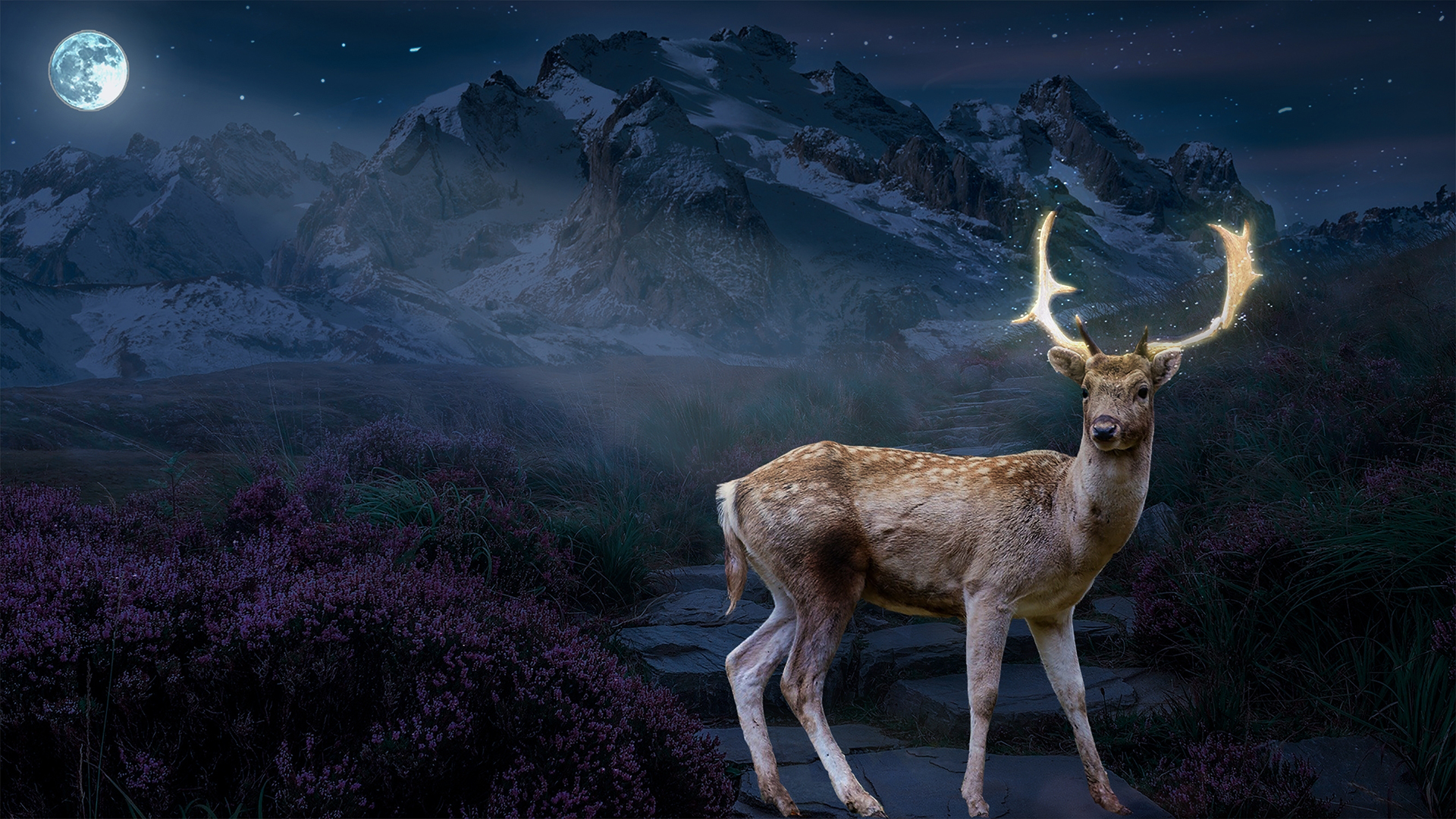When the sun dips below the horizon and the world begins to quiet, a completely different group of fascinating creatures stirs to life, exploring your yard under the cover of darkness.
While most of us retreat indoors for the night, these nighttime visitors carry on their secret lives – hunting, foraging, playing, and contributing to the lovely balance of the ecosystem!
So, you could say that the cover of night transforms your yard into a hidden world filled with natural activity you might never notice during the day. What makes this nocturnal shift even more intriguing is the incredible diversity of wildlife that emerges when the lights go out.
Some animals are quite the silent predators, masters of stealth and patience. Others are gentle foragers, quietly rustling through leaves in search of a midnight snack. If you’ve ever wondered what wildlife might be exploring your space after dark, you’re in for a surprise.
From silent winged hunters to small furry scavengers, these nighttime animals might be closer than you think!
1. Raccoons
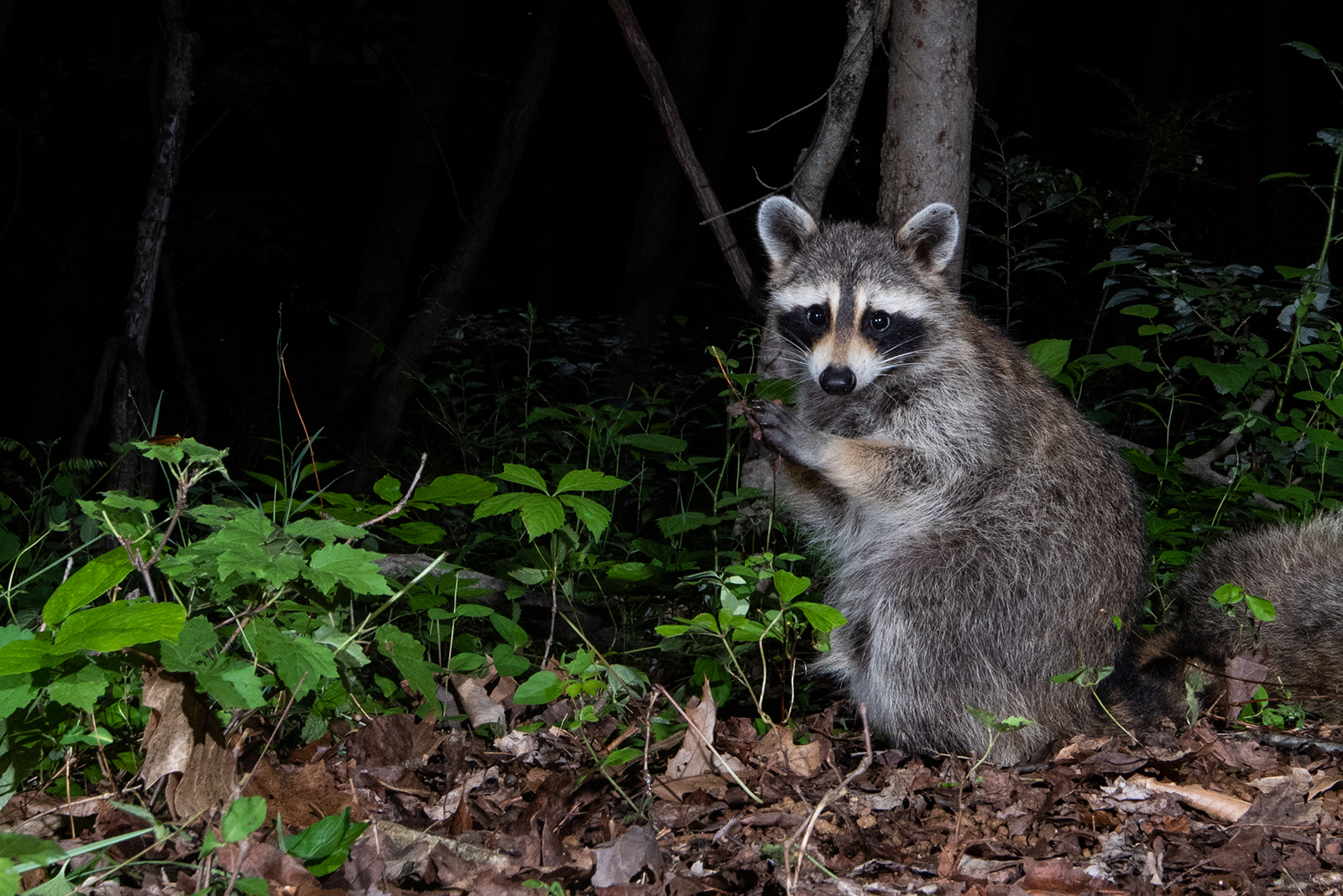
The ever-curious raccoon is a well-known night explorer. They can often be spotted sneaking around trash cans and backyard gardens!
These highly intelligent mammals are nocturnal scavengers, using their nimble paws to search for food ranging from fruit and nuts to insects and leftovers from human households.
Their dexterous front paws give them an almost human-like ability to open containers and manipulate objects, which explains their notorious habit of raiding garbage bins.
Raccoons are also natural problem solvers and have adapted remarkably well to urban and suburban environments. While they may seem mischievous, they play an important role in their ecosystem by controlling insect populations and spreading seeds from the fruits they eat.
If you find tiny handprints in the mud or knocked-over plants in the morning, chances are a raccoon was your late-night visitor!
2. Owls
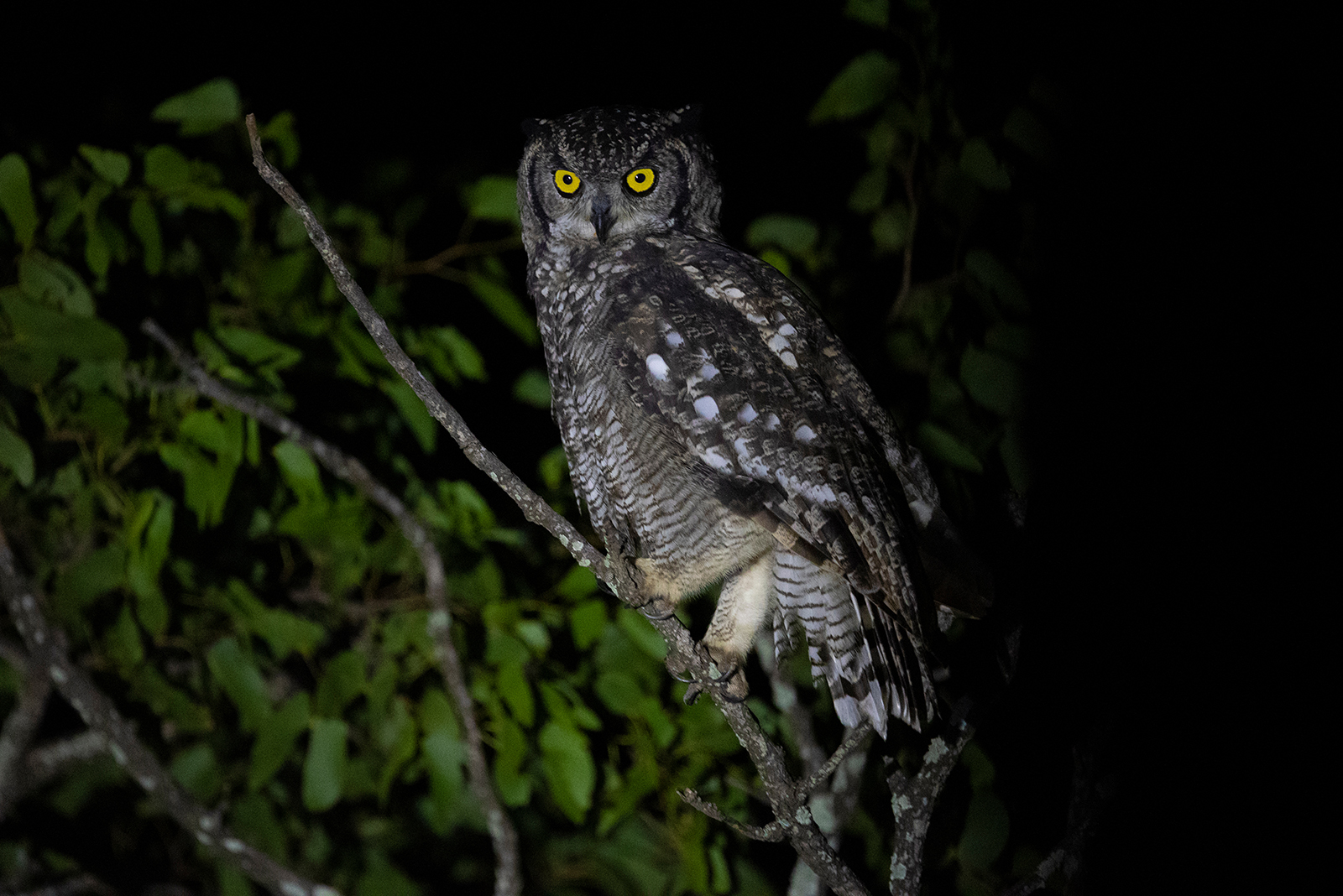
Owls are the silent rulers of the night sky, gliding through the darkness with almost ghost-like grace. Being nocturnal birds of prey, they’re equipped with extraordinary adaptations that make them expert hunters!
Their large, forward-facing eyes offer excellent night vision, while their asymmetrical ears help them pinpoint even the faintest rustle of a mouse in the grass below. The most common backyard owl species include the barn owl and the screech owl, both known for their haunting calls.
Owls are crucial for maintaining rodent populations, acting as natural pest control in many areas. If you hear a distant hoot or catch a glimpse of a shadow soaring silently overhead, an owl might just be keeping watch over your yard!
3. Bats
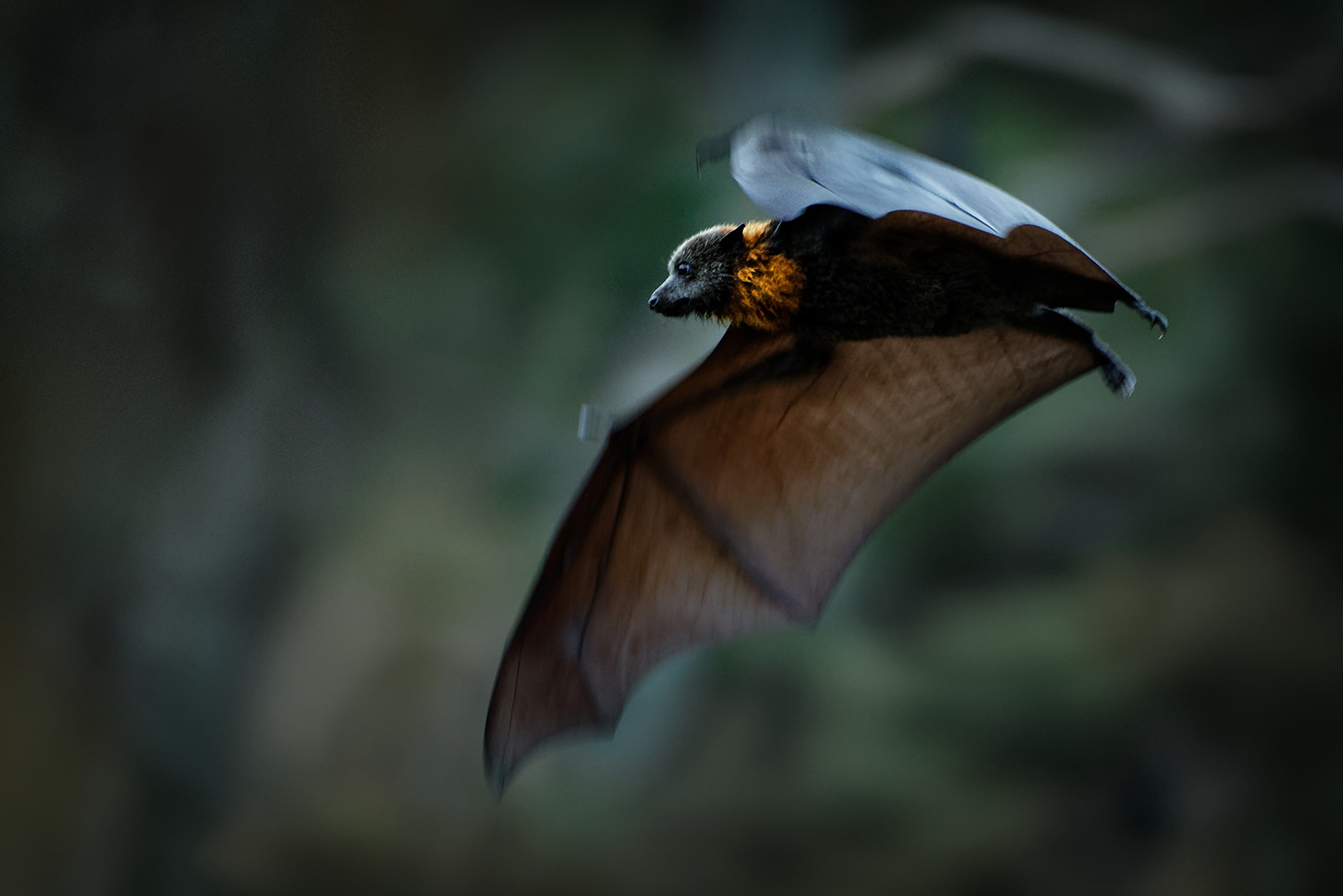
Often misunderstood and unfairly feared, bats are some of the most beneficial nighttime visitors you can have in your yard.
These flying mammals are insect-eating powerhouses! Get ready to learn something amazing – bats can consume thousands of mosquitoes and other pests in a single night.
Using echolocation, bats emit high-pitched sounds that bounce off objects, allowing them to navigate and hunt with remarkable precision – even in complete darkness. If you see a fluttering shadow darting across the twilight sky, it’s likely a bat hard at work keeping the insect population in check!
Providing bat houses in your yard can encourage these helpful creatures to stick around and offer natural pest control services. A natural way to get rid of those pesky mosquitos!
4. Foxes
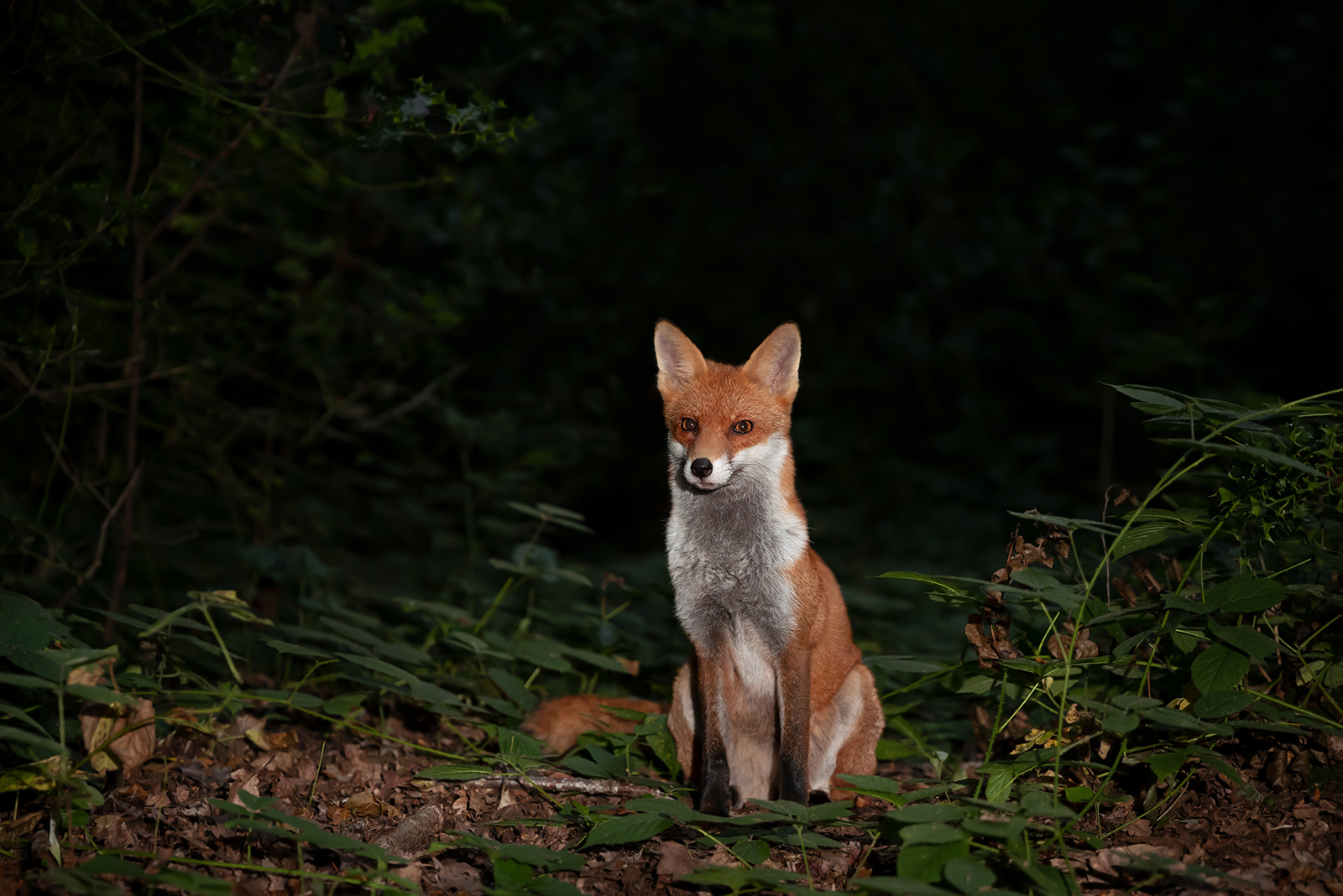
Foxes, especially red foxes, are elegant nighttime wanderers known for their intelligence and adaptability. They often visit yards in search of small prey, including rodents, insects, and even fallen fruit!
These beauties have a sharp sense of hearing and a keen sense of smell which make them exceptional hunters. They are able to detect prey hidden in tall grass or even underground!
Despite their wild appearance, foxes are generally shy and avoid direct contact with humans. However, they may leave behind clues of their visits, such as small paw prints, droppings, or the occasional missing garden produce.
Their role in keeping rodent populations balanced makes them a valuable part of the nocturnal ecosystem. So, don’t be too nasty towards them!
5. Hedgehogs
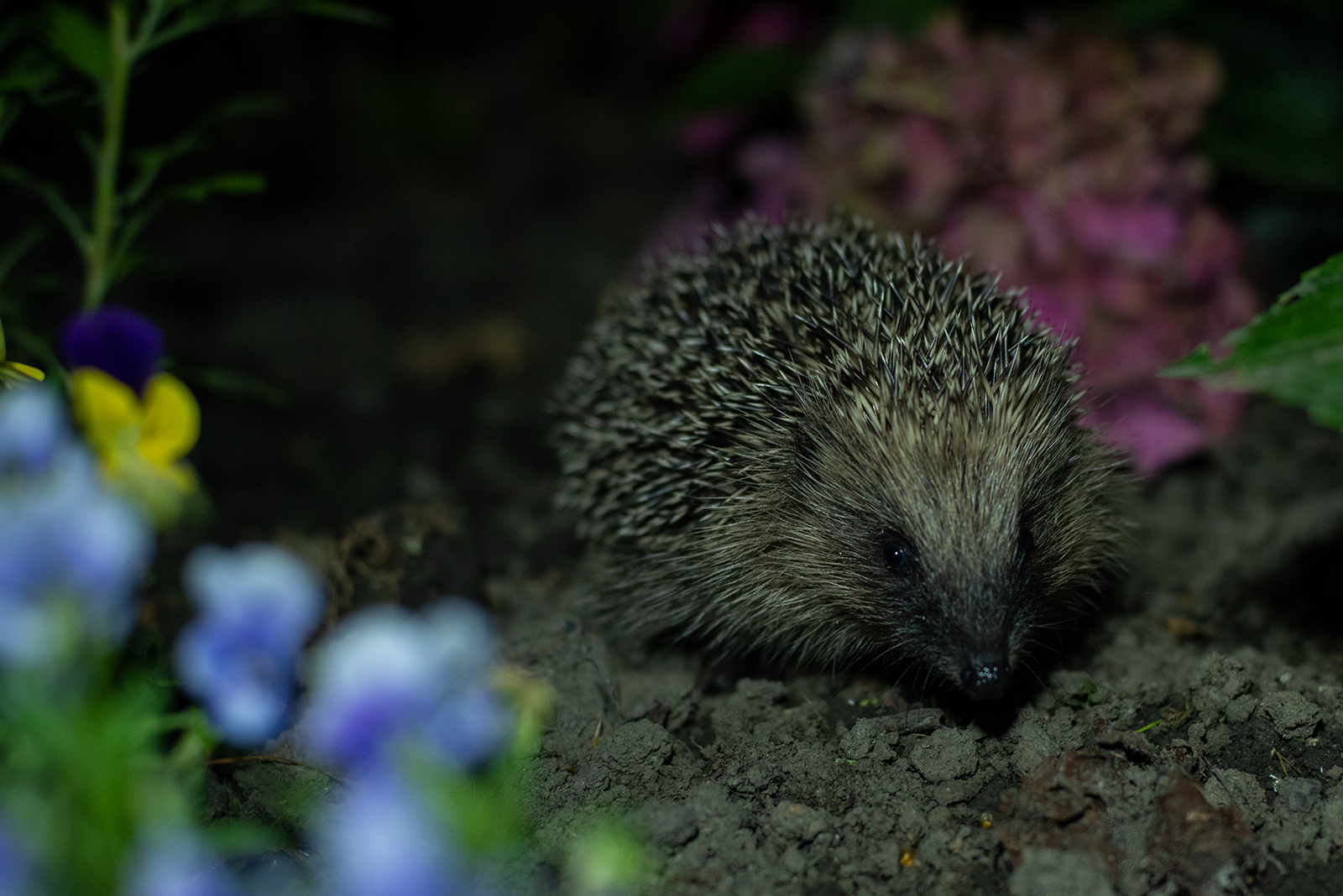
While not native to all regions, hedgehogs are beloved nighttime visitors where they do appear, particularly in parts of Europe and the UK.
These small, spiky mammals are primarily insectivores, feasting on beetles, worms, and caterpillars as they snuffle through gardens after dark. They’re adorable, I think.
Hedgehogs are shy and solitary animals, often heard rustling through leaves rather than seen. Gardeners appreciate their presence since they help control garden pests without the need for chemicals.
If you’re lucky enough to spot one, avoid disturbing it – these gentle creatures are happiest when left to roam freely.
6. Skunks
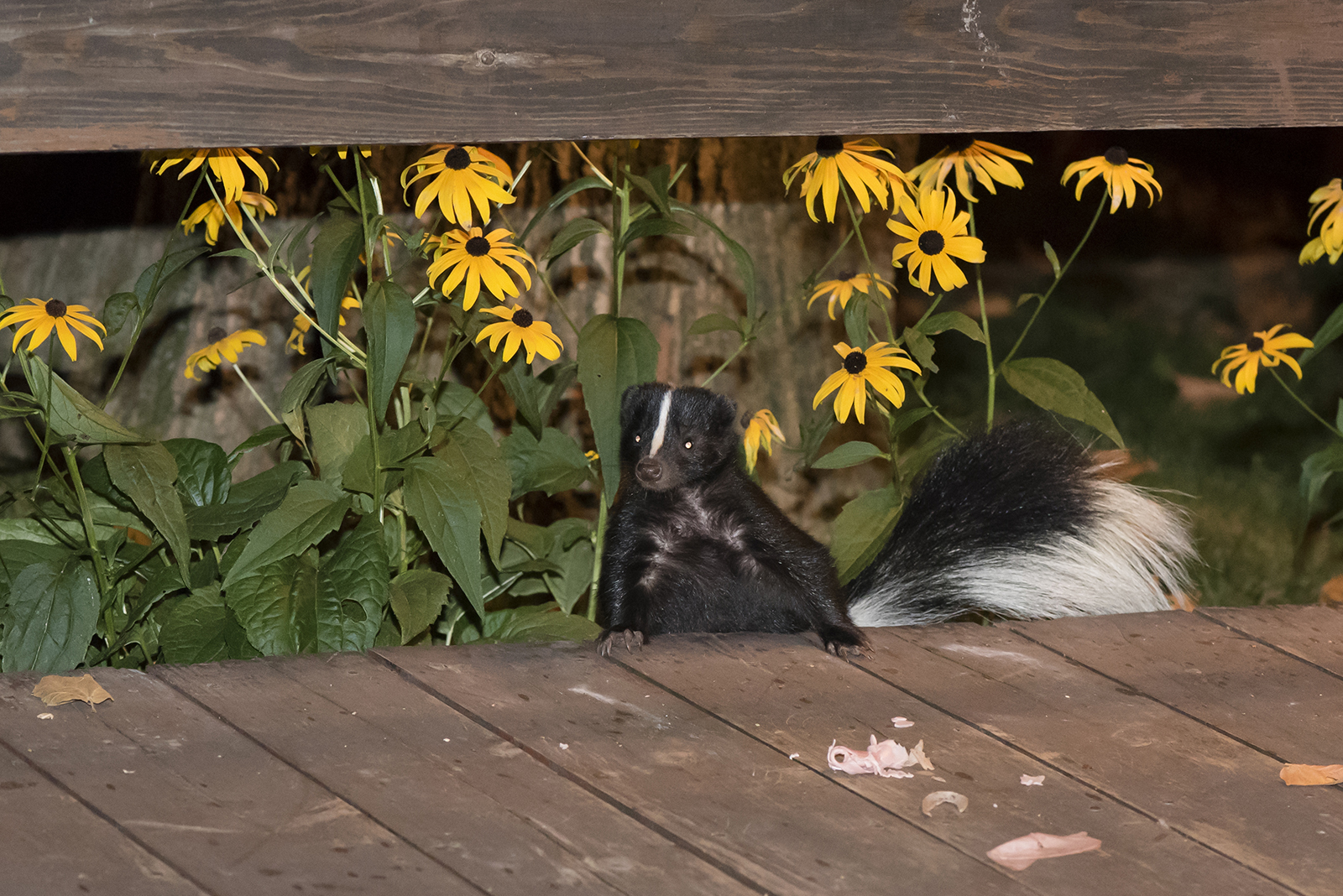
Skunks have a reputation for their defensive spray, but they’re actually gentle foragers who play a beneficial role in backyard ecosystems! They use their excellent sense of smell to locate grubs, insects, and small rodents in the soil, helping control pests that could otherwise damage plants.
While skunks are mostly peaceful, they will spray if threatened, so it’s best to admire them from a safe distance if you spot one. They may have sharp noses, but trust me – threaten them, and they will make sure yours is dull!
The telltale signs of a skunk visit include shallow holes dug in search of grubs and their distinct paw prints with long claw marks. Despite their odorous defense, skunks are important pest managers for your yard!
7. Moths
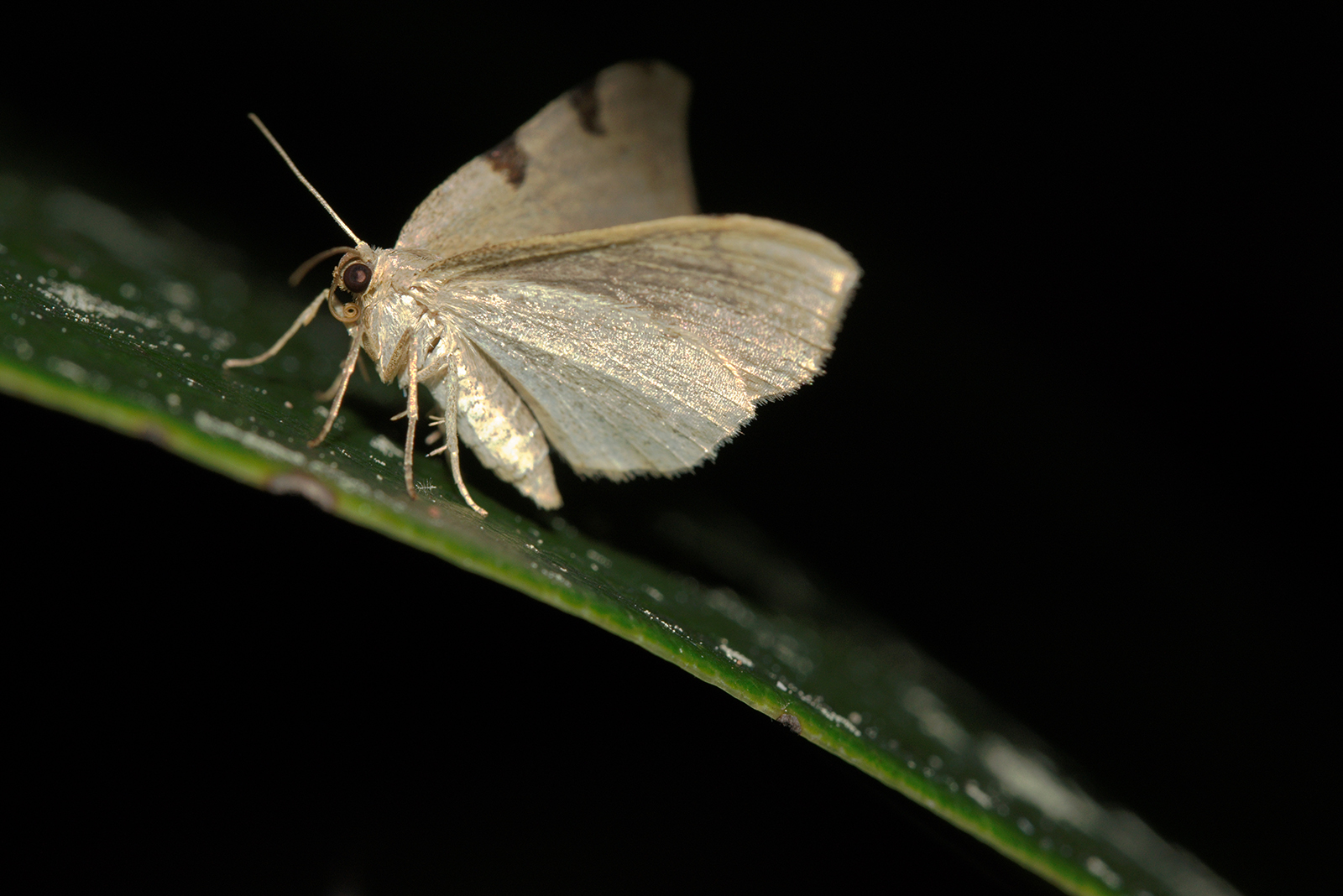
Moths often live in the shadow of their more colorful relatives, butterflies, but these nighttime pollinators deserve just as much appreciation for the critical role they play in nature.
While butterflies dazzle in the daytime, moths silently take over after dusk, visiting flowers under the moonlight and ensuring the continued pollination of countless plant species! So, they’re heroes!
Many species, such as the ethereal luna moth and the fast-flying hummingbird hawk-moth, are not just beneficial but visually stunning, with intricate patterns and vibrant hues visible up close!
These nocturnal insects are drawn to light sources, which is why they often flutter around porch lights or garden lamps late at night. However, their true interest lies in the nectar of night-blooming plants!
These plants include jasmine and evening primrose. As they feed, pollen clings to their fuzzy bodies, which makes cross-pollination between blooms happen. Just like bees do during the day!
Moths also serve as a vital food source for bats, birds, and other nocturnal predators! Some species have even developed fascinating defense mechanisms, such as mimicry and sonar jamming, to evade these predators.
8. Opossums
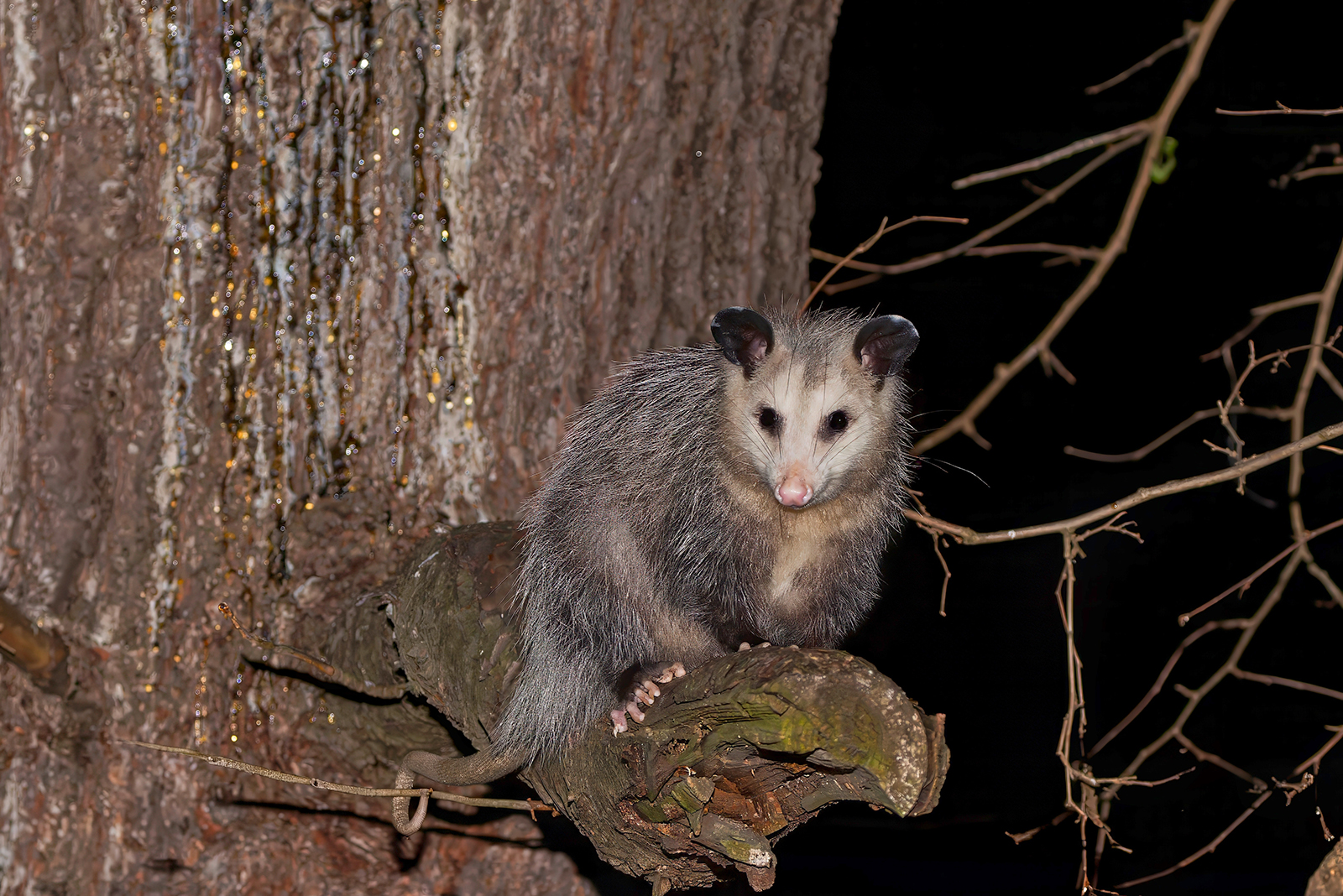
Opossums are North America’s only marsupial and are often misunderstood due to their scavenging habits. However, these nocturnal visitors are nature’s clean-up crew.
They love to feed on carrion, insects, and even venomous snakes, making them highly beneficial for backyard ecosystems. Pretty cool!
Opossums have a unique defense mechanism where they pretend like they’re not alive when threatened, which can confuse predators and give them a chance to escape.
If you find signs of rummaging near compost piles or overturned mulch, an opossum may have been doing its part to keep your yard clean and pest-free!
9. Deer
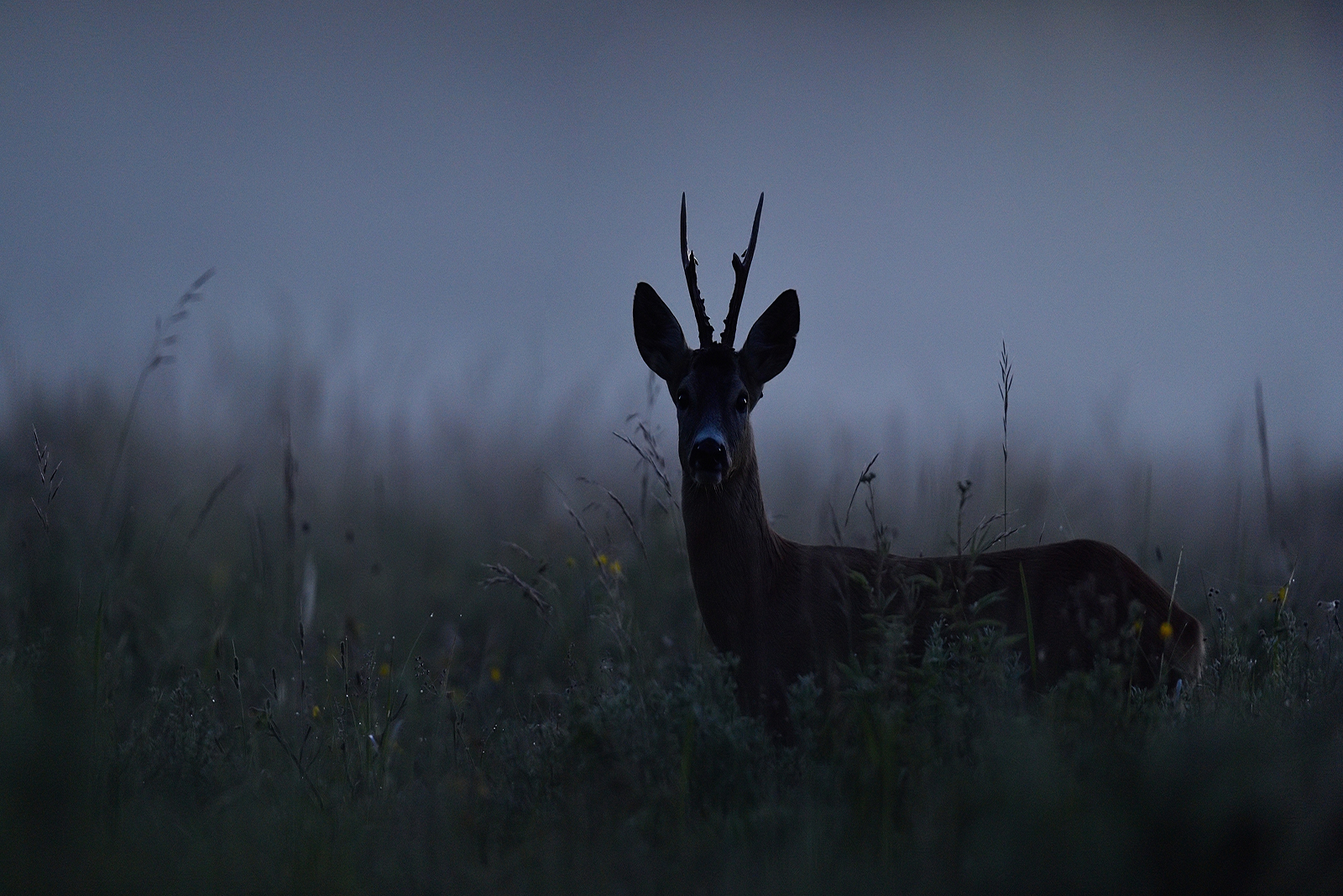
Graceful and silent, deer are some of the larger mammals that may visit your yard at night, especially in suburban and rural areas. They are mostly herbivores, grazing on grass, leaves, and garden plants under the cover of darkness.
While their beauty is undeniable, deer can become a nuisance if they overgraze your garden plants or crops.
That’s why you should install motion activated lights if it becomes problematic! Scent-based deterrents can help too, keeping them at a safe distance while still allowing you to admire these elegant creatures from afar.

